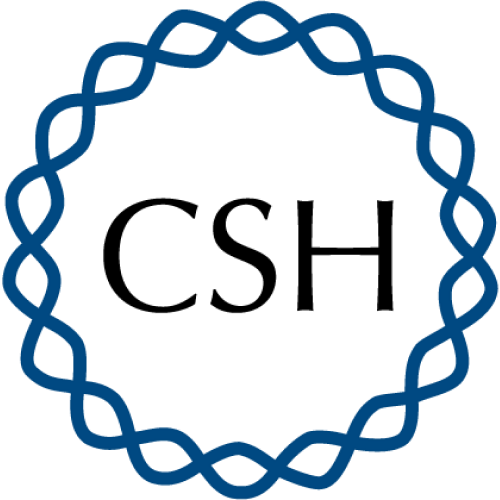The yeast telomerase module for telomere recruitment requires a specific RNA architecture
Telomerases are ribonucleoprotein (RNP) reverse transcriptases. While telomerases maintain genome stability, their composition varies significantly between species. Yeast telomerase RNPs contain an RNA that is comparatively large, and its overall folding shows long helical segments with distal functional parts. Here we investigated the essential stem IVc module of the budding yeast telomerase RNA, called Tlc1. The distal part of stem IVc includes a conserved sequence element CS2a and structurally conserved features for binding Pop1/Pop6/Pop7 proteins, which together function analogously to the P3 domains of the RNase P/MRP RNPs. A more proximal bulged stem with the CS2 element is thought to associate with Est1, a telomerase protein required for telomerase recruitment to telomeres. Previous work found that changes in CS2a cause a loss of all stem IVc proteins, not just the Pop proteins. Here we show that the association of Est1 with stem IVc indeed requires both the proximal bulged stem and the P3 domain with the associated Pop proteins. Separating the P3 domain from the Est1 binding site by inserting only 2 base pairs into the helical stem between the two sites causes a complete loss of Est1 from the RNP and hence a telomerase-negative phenotype in vivo. Still, the distal P3 domain with the associated Pop proteins remains intact. Moreover, the P3 domain ensures Est2 stability on the RNP independently of Est1 association. Therefore, the Tlc1 stem IVc recruitment module of the RNA requires a very tight architectural organization for telomerase function in vivo.
Citations by journals
|
1
2
3
|
|
|
Scientific Reports

|

Scientific Reports
3 publications, 20%
|
|
International Journal of Molecular Sciences

|

International Journal of Molecular Sciences
1 publication, 6.67%
|
|
Current Genetics

|

Current Genetics
1 publication, 6.67%
|
|
Nature Communications

|

Nature Communications
1 publication, 6.67%
|
|
eLife

|

eLife
1 publication, 6.67%
|
|
Genome Research

|

Genome Research
1 publication, 6.67%
|
|
Biogerontology

|

Biogerontology
1 publication, 6.67%
|
|
Cell Reports

|

Cell Reports
1 publication, 6.67%
|
|
1
2
3
|
Citations by publishers
|
1
2
3
4
5
6
|
|
|
Springer Nature

|

Springer Nature
6 publications, 40%
|
|
Multidisciplinary Digital Publishing Institute (MDPI)

|

Multidisciplinary Digital Publishing Institute (MDPI)
1 publication, 6.67%
|
|
eLife Sciences Publications

|

eLife Sciences Publications
1 publication, 6.67%
|
|
Cold Spring Harbor Laboratory

|

Cold Spring Harbor Laboratory
1 publication, 6.67%
|
|
Elsevier

|

Elsevier
1 publication, 6.67%
|
|
1
2
3
4
5
6
|
- We do not take into account publications that without a DOI.
- Statistics recalculated only for publications connected to researchers, organizations and labs registered on the platform.
- Statistics recalculated weekly.
